- July 24, 2023
- International
The Art and Science of Product Design
The Art and Science of Product Design: Bridging Creativity and Functionality
In today’s fast-paced world, product design has emerged as a critical discipline that combines creativity, technology, and user experience. Whether it’s a sleek smartphone, a comfortable chair, or an innovative kitchen gadget, the design of a product can significantly influence its success in the market. In this blog, we’ll explore the key elements of product design, the design process, and the importance of user-centered design.
What is Product Design?
Product design is the process of creating a new product to be sold by a business to its customers. It involves a blend of aesthetics, functionality, and usability. The goal is to create products that not only look good but also meet the needs and expectations of users. This requires a deep understanding of materials, manufacturing processes, and market trends.
Key Elements of Product Design
1. Functionality: At its core, a product must serve a purpose. Designers must ensure that the product performs its intended function effectively and efficiently. This often involves prototyping and testing to refine the product’s usability.
2. Aesthetics: The visual appeal of a product can greatly influence consumer choice. Designers must consider color, shape, texture, and overall style to create a product that resonates with its target audience.
3. User Experience (UX): A product’s design should enhance the user experience. This includes considering how users will interact with the product, the ease of use, and the emotional response it elicits.
4. Sustainability: With growing environmental concerns, sustainable design has become increasingly important. Designers are now tasked with creating products that minimize environmental impact, using eco-friendly materials and processes.
5. Market Viability: A great design is only successful if it meets market demands. Designers must conduct market research to understand consumer needs, preferences, and trends to ensure the product will be well-received.
The Product Design Process
The product design process typically involves several stages:
1. Research and Ideation: This initial phase involves gathering information about the target market, identifying user needs, and brainstorming ideas. Techniques such as surveys, interviews, and competitor analysis can provide valuable insights.
2. Concept Development: Once ideas are generated, designers create sketches or digital models to visualize the concepts. This stage often includes creating mood boards and style guides to establish the product’s aesthetic direction.
3. Prototyping: Prototypes are created to test the design’s functionality and usability. This can range from simple paper models to fully functional versions of the product. User testing during this phase is crucial for gathering feedback and making necessary adjustments.
4. Final Design: After refining the prototype based on user feedback, designers finalize the product design. This includes detailed specifications for manufacturing, materials selection, and production processes.
5. Production and Launch: The final design is handed over to manufacturers for production. Once the product is ready, a marketing strategy is developed to launch it into the market.
The Importance of User-Centered Design
User-centered design (UCD) is a design philosophy that places the user at the forefront of the design process. By prioritizing the needs, preferences, and limitations of users, designers can create products that are not only functional but also enjoyable to use.
Benefits of User-Centered Design:
- Increased Satisfaction: Products designed with the user in mind tend to result in higher satisfaction rates, leading to repeat purchases and brand loyalty.
- Reduced Costs: By identifying potential issues early in the design process through user testing, companies can avoid costly redesigns and modifications later on.
- Enhanced Innovation: Engaging with users can lead to new insights and ideas, fostering innovation and creativity in product development.
Conclusion
Product design is a multifaceted discipline that requires a delicate balance of creativity, functionality, and user experience. As technology continues to evolve and consumer expectations shift, the role of product designers will only become more critical. By embracing user-centered design principles and staying attuned to market trends, designers can create products that not only meet the needs of users but also stand out in a competitive marketplace. Whether you’re a seasoned designer or just starting, understanding the intricacies of product design can help you create impactful and successful products that resonate with consumers.









